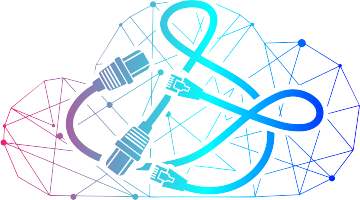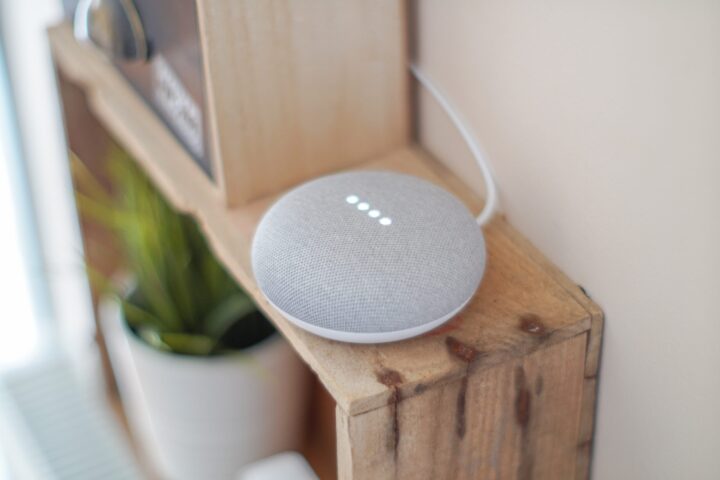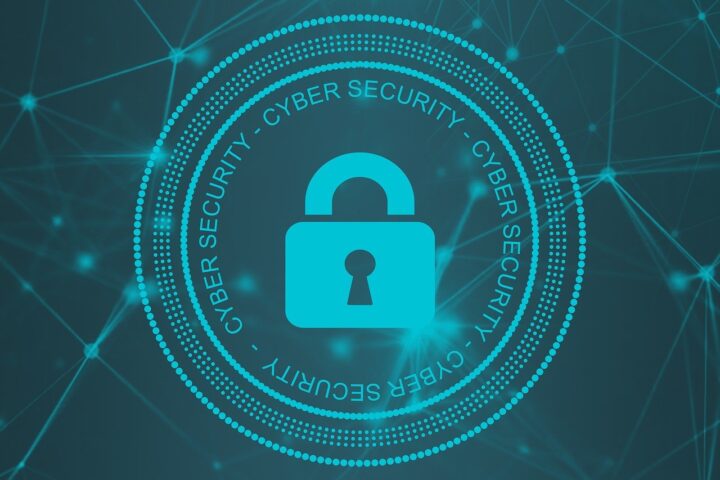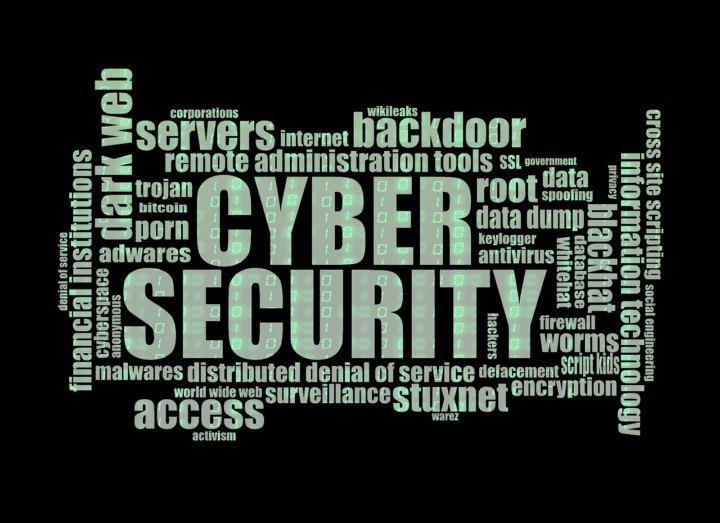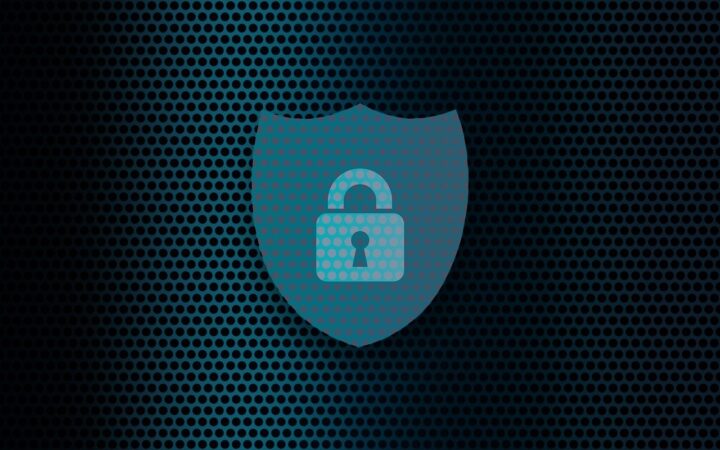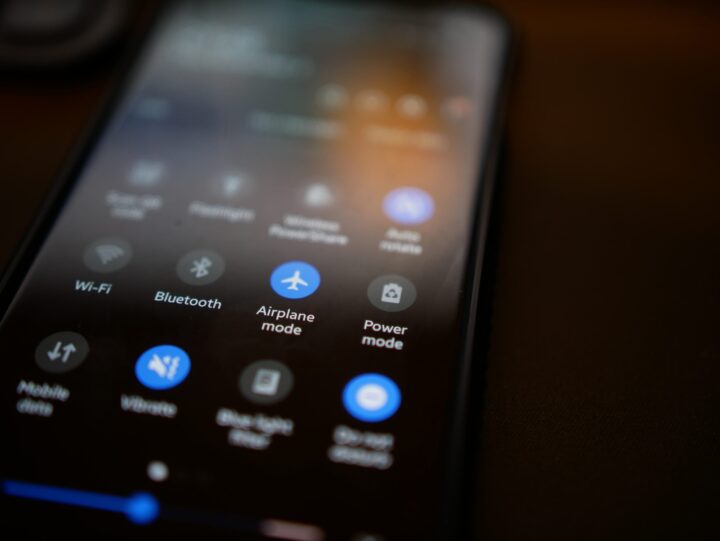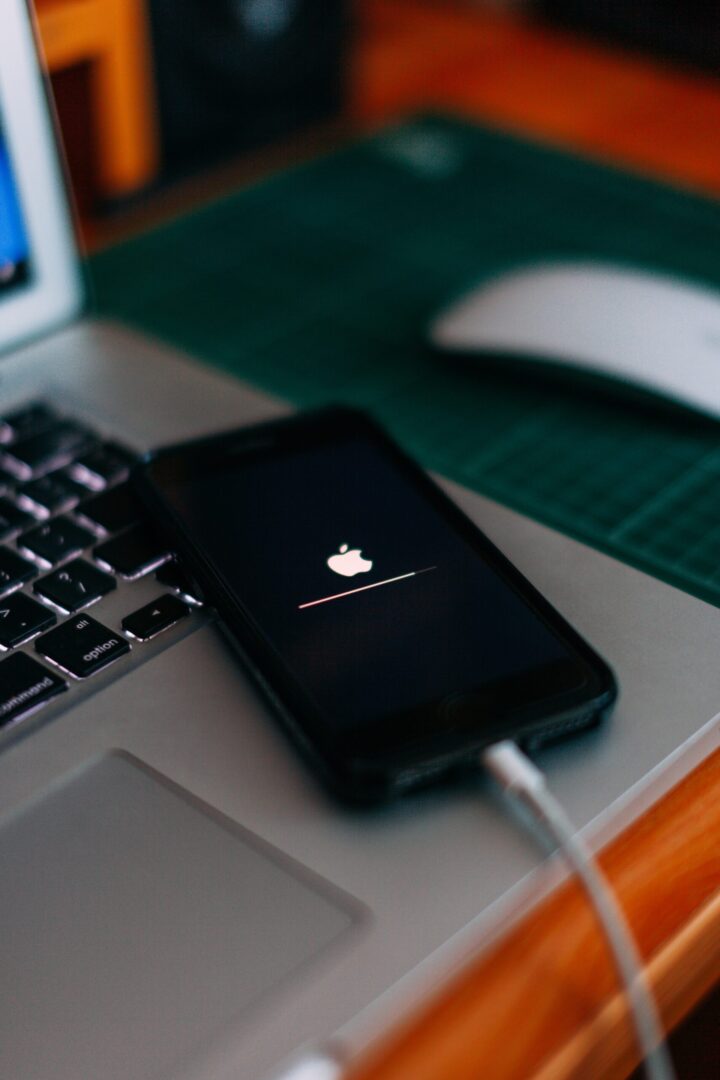In today’s world, sustainability isn’t just a buzzword; it’s a necessity. Businesses around the globe are increasingly embracing eco-friendly practices. This isn’t only for the positive impact on the environment. It’s also for the benefits they can bring to the bottom line.
Sustainable technology habits are not only about reducing your carbon footprint. They’re also about improving efficiency, cutting costs, and attracting environmentally conscious customers.
“Going green” can mean saving more dollars, besides helping the planet. Below, we’ll explore several sustainable tech habits you can adopt. These are not only good for the environment but also a win for your business’s bottom line.
1. Energy-Efficient Hardware and Appliances
Investing in energy-efficient hardware and appliances can lead to significant cost savings. Especially in the long run. Energy-efficient devices consume less electricity, resulting in lower utility bills.
Consider upgrading to Energy Star-rated equipment. And using LED lighting to reduce your energy consumption. It may surprise you how fast your electric bill goes down after replacing lightbulbs.
2. Virtualization and Cloud Computing
Virtualization and cloud computing solutions can help you optimize your IT infrastructure. By consolidating servers and resources, you can reduce the number of physical devices. This leads to lower energy consumption and reduced hardware maintenance costs.
3. Remote Work and Telecommuting
Embrace remote work and telecommuting. This reduces the need for office space. It also cuts down on commuting-related emissions. Employees who work remotely also report increased job satisfaction and productivity. Both of which can positively impact your bottom line.
4. Renewable Energy Sources
Consider transitioning to renewable energy sources like solar or wind power. The initial investment may be significant. But renewable energy can lead to big savings on electricity costs. Additionally, it demonstrates your commitment to sustainability, which can attract eco-conscious customers.
5. E-Waste Recycling Programs
Put in place e-waste recycling programs. These help you properly dispose of outdated or non-functioning electronic equipment. Many electronics can be refurbished, resold, or recycled. This reduces waste and potentially generates revenue through resale.
6. Optimize Data Centers
Data centers are notorious for their high energy consumption. Optimize your data center by doing things like:
- Using energy-efficient servers
- Implementing efficient cooling systems
- Consolidating data storage to reduce power usage
7. Green Web Hosting
Choose a web hosting provider that uses renewable energy for their data centers. This reduces your website’s carbon footprint. It can also lead to improved website performance and uptime.
8. Paperless Office
Transitioning to a paperless office can save money on paper, ink, and storage costs. Use digital documents, electronic signatures, and cloud storage solutions to reduce paper usage.
Office workers spend about 6 hours a week searching for paper documents. Digitizing files allows for keyword searching. This reduces those wasted hours and improves productivity.
9. Eco-Friendly Office Supplies
Buy eco-friendly office supplies. This includes recycled paper, biodegradable pens, and reusable office products. These sustainable choices can reduce your office expenses. They also show your commitment to environmental responsibility.
10. Software Optimization
Regularly update and optimize your software to reduce system resource usage. Unnecessary background processes and inefficient code can strain your hardware. As well as increase energy consumption.
11. Remote Monitoring and Control
Install remote monitoring and control systems to manage your facility’s energy usage. This technology allows you to adjust heating, cooling, and lighting remotely. This reduces energy waste. Smart thermostats are very affordable now. That makes this an easy energy energy-efficient win.
12. Green Transportation Policies
Promote green transportation policies for employees. These might include:
- Carpooling
- Biking
- Using public transportation
Incentives like subsidies for eco-friendly commuting options can help. They promote the reduction of transportation costs for your team.
13. Sustainable Data Practices
Adopt sustainable data practices by cleaning and organizing your databases. The goal is to remove redundant or outdated information. Efficient data management reduces storage requirements and enhances data processing speed.
14. Green IT Certification
Consider pursuing green IT certifications. Such as the ISO 14001 or the Green Business Bureau certification. These certifications can improve your environmental standing and boost your company’s reputation.
15. Employee Education and Engagement
Educate your employees about sustainable tech habits. Encourage their participation in eco-friendly initiatives. Engaged employees can help identify more cost-saving opportunities.
16. Supply Chain Sustainability
Collaborate with suppliers and partners committed to sustainability. Sustainable sourcing and procurement practices can lead to cost reductions. As well as a more resilient supply chain.
17. Lifecycle Assessments
Conduct lifecycle assessments of your products and services. This helps you identify areas where you can make environmental and cost improvements. This process can help you optimize your offerings and reduce waste.
18. Green Marketing
Leverage your sustainability efforts as a selling point in your marketing campaigns. Customers are increasingly seeking out eco-conscious businesses. Promoting your sustainability can help you stand out from the competition. It can lead to increased brand loyalty and sales.
Get Help Going Green to Save Money & Help the Planet
Sustainable tech habits are not just about being environmentally responsible. They can also help your bottom line. The world has become increasingly aware of the importance of environmental responsibility. Embracing these sustainable tech habits can be a win-win for your business and the planet.
We can help you put together a sustainable tech roadmap that makes sense. Give us a call today to schedule a chat.
This Article has been Republished with Permission from The Technology Press.
